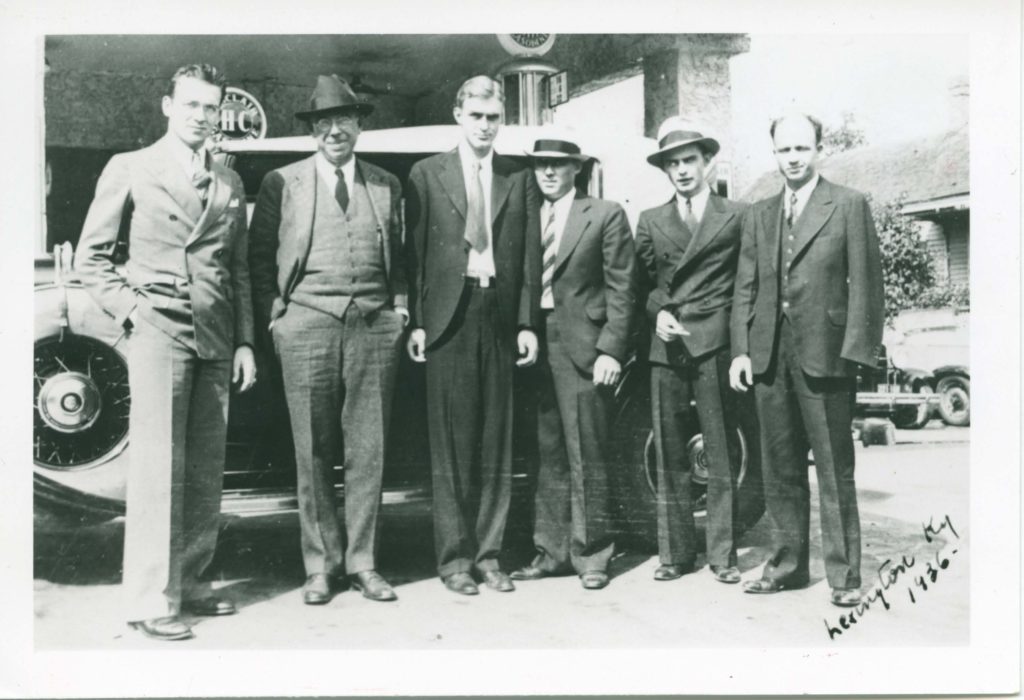
Paul Dudley Lamson, Ph.D.
Dr. Paul Lamson was the first Chair of the Department of Pharmacology at Vanderbilt. Dr. Lamson obtained his medical degree from Harvard University in 1909 and did further training at Massachusetts General Hospital, the University College in London and the University of Wurzburg in Germany before joining the faculty of Johns Hopkins Medical School in 1914. His early work in electrocardiography resulted in the publication of a book, “The Heart Rhythms”, in 1921. In 1923, he was recruited by Dr. Canby Robinson to be the Chair of the Department of Pharmacology, a position he held until 1952.
Dr. Lamson made significant contributions to the field of Pharmacology including the introduction of carbon tetra-chloride therapy and hexylresorcinol therapy for the treatment of hookworm and ascariasis. Furthermore, he was one of the first researchers to recognize the importance of chemistry and the use of “chemical probes” to elucidate mechanisms of drug action.
In 1951, he demonstrated the “Lamson effect” by showing that glucose given intravenously to animals awakening from barbiturate anesthesia caused them go back to sleep. He also described the role of the liver in the regulation of blood volume, was the first to artificially produce cirrhosis of the liver, and built one of the first artificial hearts. Dr. Lamson’s additional contributions include his work in the areas of toxicity, acute polycythemia, and shock.
In addition to teaching and research, Dr. Lamson was also active in many professional organizations including the American Society for Pharmacology and Experimental Therapeutics. He served as the Vice-President of the American Association for the Advancement of Science in charge of the Section on Medical Science in 1943. He was also editor-in-chief of the Journal of Pharmacology and Experimental Therapeutics from 1937 to 1940.
